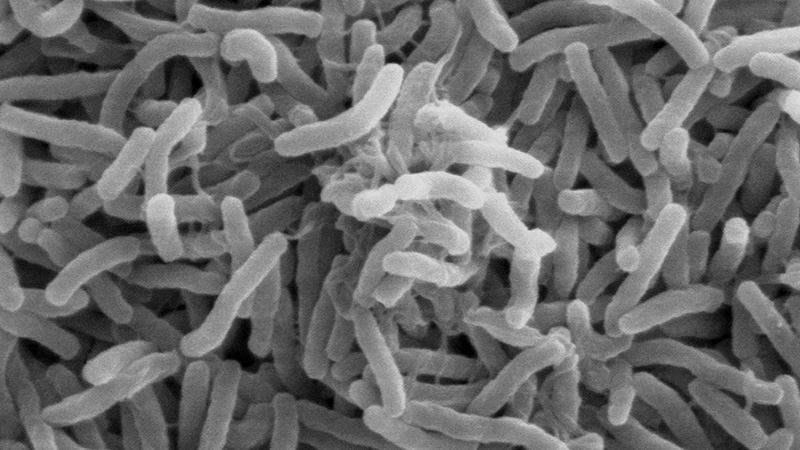Technological Advances and Limitations After 1900: Disease
Teacher Resources
Driving Question: To what extent has technology helped mitigate the effects of diseases, and where has it failed to do so?
The environmental historian J.R. McNeill argues that since the end of the Second World War, the pace of change produced by human activities has accelerated at an unprecedented rate. During the era of intense globalization, technological innovation, population growth, and human impacts on the planet have all increased exponentially. Why did this dramatic acceleration start, and how will it impact life on Earth?
Learning Objectives
- Explain how environmental factors affected human populations over time.
- Create and support arguments using historical evidence to communicate conclusions.
Vocab Terms:
- Alzheimer’s disease
- antibiotic
- cholera
- epidemic
- microbe
- non-communicable
- vaccine
Opener: Technological Advances and Limitations After 1900: Disease
To teach this lesson step, refer to page 2 of the Lesson 9.2 Teaching Guide.
Understanding globalization requires us to revisit some familiar terms while learning some fresh ones at the same time. This matching activity will help you connect the old with the new.
Technological Advancements and Limitations: Eradicating Disease?
To teach this lesson step, refer to page 3 of the Lesson 9.2 Teaching Guide.
Despite the technological leaps and bounds made in the past 125 years, roadblocks and limitations to these successes continue.
-
Guiding Questions
-
Before you read
Preview the questions below, and then skim the article. Be sure to look at the section headings and any images.
While you read
Look for answers to these questions:
- What does the author argue is the most important cause of population growth since 1900?
- How did technology help significantly reduce the child mortality rate?
- How does the legacy of colonialism continue to impact advancements in health?
- How has the modern world created new health problems?
- Why do some diseases, such as cholera, tuberculosis, and measles, continue to exist even though we have the knowledge and medicines to treat them?
After you read
Respond to these questions:
- Have the positive impacts of technological advances overcome the negative effects? Explain your reasoning.
- How have environmental factors affected human populations over time?
Eradicating Smallpox
To teach this lesson step, refer to page 3 of the Lesson 9.2 Teaching Guide.
Looking for tips on using video in an instructionally sound way? Look no further than the OER Project Video Guide.
The eradication of smallpox was a huge step in helping ensure the safety of mankind. What can we learn from this feat to help prevent future pandemics?
-
Guiding Questions
-
Before you watch
Preview the questions below, and then review the transcript.
While you watch
Look for answers to these questions:
- According to Dr. Larry Brilliant, what made smallpox the worst disease in history?
- What is variolation?
- Who created the first smallpox vaccine? According to Dr. Larry, how did that person discover and test vaccines?
- What was ring vaccination?
- According to Dr. Larry, what was the most important factor in eradicating smallpox?
After you watch
Respond to the following questions:
- To what extent does this video explain how environmental factors, along with new technologies, affected human populations from 1900 to the present?
- After watching this video, what do you think is the single most important step that humanity could take to prevent another pandemic?
Key Ideas
Closer: Technological Advances and Limitations After 1900: Disease
To teach this lesson step, refer to page 5 of the Lesson 9.2 Teaching Guide.
Now that you’ve learned a bit about globalization, see if you can boil down this huge and complex process into a simple advertising jingle.



